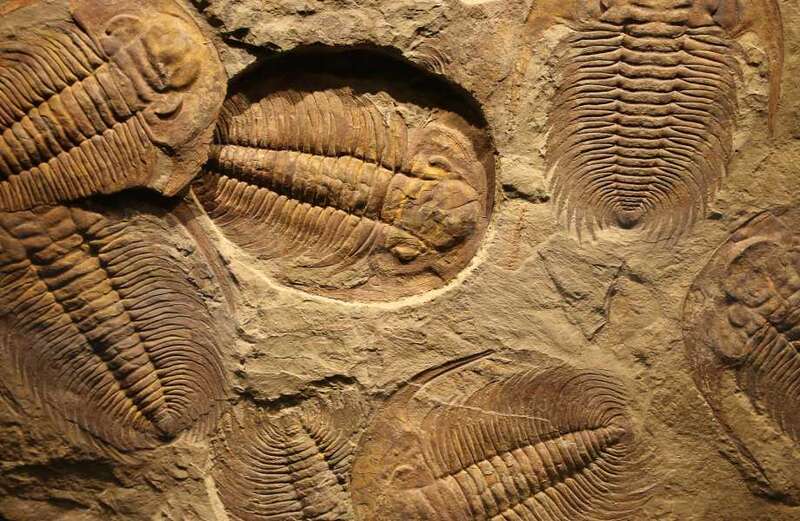TECTONIC plate movements half a billion years ago caused an entire species to die out, according to new research.
Scientists have been studying rock layers in Antarctica and Southern Australia to find out more about this time period.


Both regions made up a supercontinent called Gondwana during a time period called the Cambrian.
It's thought this supercontinent existed around 513 million years ago.
The movement of tectonic plates under this continent was thought to send mountains flying and a large part of the continent falling into the sea.
 Man fined £165 after outraging the internet by dying puppy to look like Pikachu
Man fined £165 after outraging the internet by dying puppy to look like Pikachu
Researchers refer to the mass extinction associated with this as the Sinsk event.
It occurred between 540 million to 485 million years ago, according to Live Science.
New research about this event has been published in the journal Science Advances.
Paul Myrow, a sedimentologist at Colorado College, was the lead study author.
"Oddly, it was tectonics that triggered an extinction," he told Live Science.
Hyoliths and sponges called archaeocyathids were said to be the main victims during the extinction.
The small hyolith creatures had cone shells and many examples of them are available in fossil form.
Researchers have long debated why these creatures died out and the new study suggests that the Gondwana tectonics are to blame.
The archaeocyathid reefs which these creatures called home were destroyed when the moving tectonic plates changed the ocean, according to the research.
Trilobite fossils were studied to work out the timing of the extinction event.
 Dog who 'always melts hearts' with his smile hopes to find a loving family
Dog who 'always melts hearts' with his smile hopes to find a loving family
Researchers can use trilobite fossils to determine how old a rock is.
The new study involved comparing trilobite fossils in Australia and Antarctica.
This helped to reveal that the two places were once connected.
"Everything clicked into place," Myrow reportedly told Live Science.
"There was the same geologic history all the way over in Australia as there was in Antarctica."
